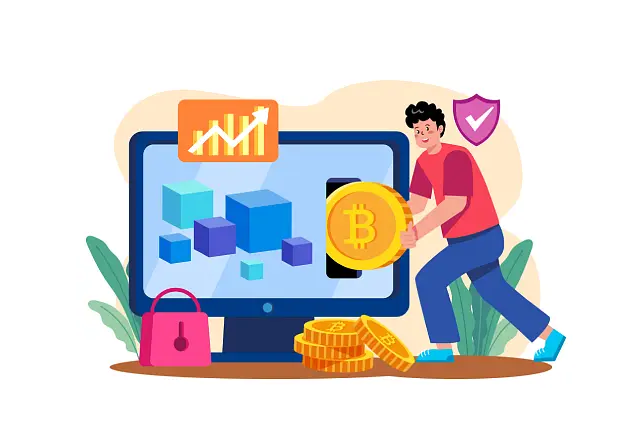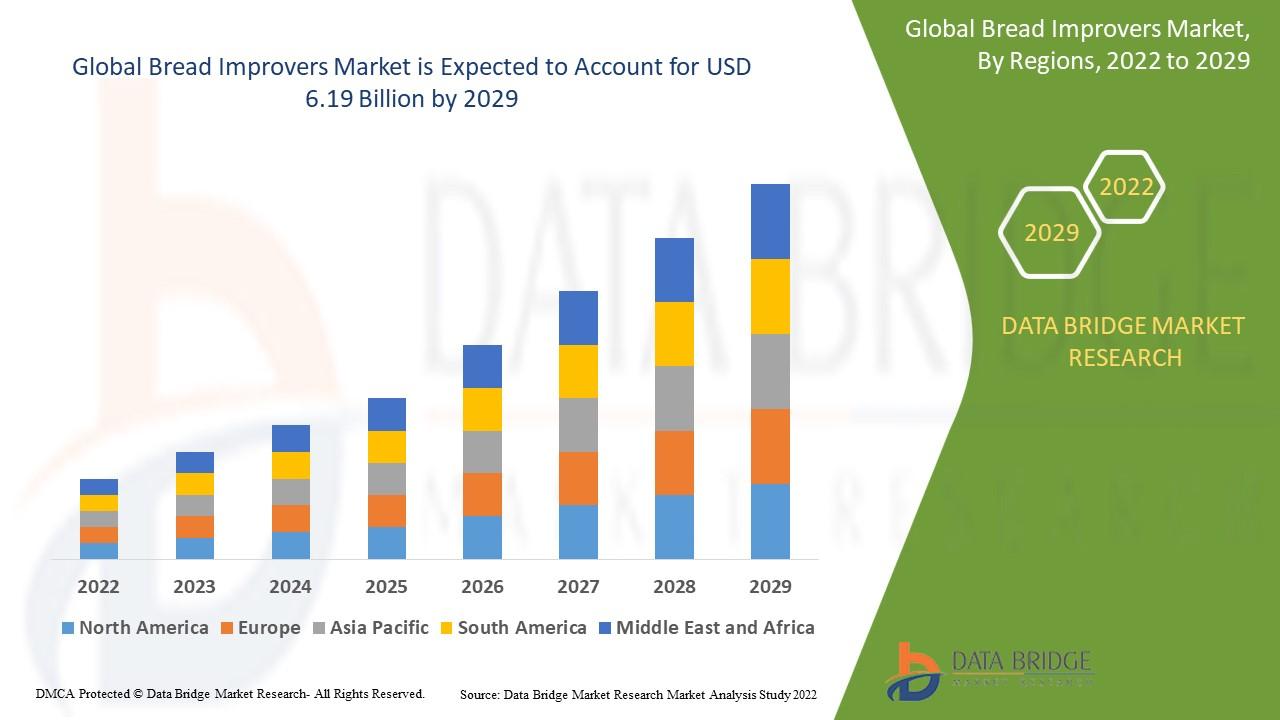Why Stablecoins Are Game-Changers for Crypto Payment Gateways

Crypto payments are the future, but stability is the bridge to mass adoption.
The crypto revolution promised speed, transparency, and decentralization. Yet, for everyday transactions, one major obstacle has always stood in the way: price volatility. That’s where stablecoins step in, offering the best of both worlds the innovation of blockchain and the stability of traditional currency.
For merchants, integrating crypto payment gateway solutions that support stablecoins has opened the door to global commerce, eliminating the usual risks associated with crypto price fluctuations. From e-commerce stores accepting USDT for cross-border orders to service providers billing clients in USDC, stablecoins are quietly transforming how businesses send and receive payments in the digital economy.
Understanding Stablecoins in the Payment Ecosystem
Stablecoins are digital assets that are pegged to a stable reserve, typically a fiat currency such as the US dollar or the euro. This peg minimizes volatility, making them ideal for payment transactions. While Bitcoin or Ethereum may fluctuate wildly in value, a USDC or USDT token remains reliably close to $1, instilling confidence in both buyers and sellers.
Three main types of stablecoins dominate the market:
-
Fiat-Collateralized Stablecoins – Backed by reserves of traditional currency (e.g., USDC, USDT).
-
Crypto-Collateralized Stablecoins – Backed by other cryptocurrencies but over-collateralized to handle volatility (e.g., DAI).
-
Algorithmic Stablecoins – Use smart contracts and algorithms to adjust supply and demand (e.g., USTC before its collapse).
Their real superpower? Eliminating the fear that your payment will lose value between the moment you send it and the moment it arrives.
The Limitations of Traditional Crypto Payments
Before stablecoins became popular, merchants accepting Bitcoin or Ethereum often faced:
-
Price Uncertainty – A $100 payment could be worth $90 in an hour due to volatility.
-
Conversion Delays – Selling crypto for fiat took time, often with high fees.
-
Customer Hesitation – Many buyers avoided spending their volatile assets.
These limitations hindered crypto’s mainstream adoption in commerce. Stablecoins have addressed this gap by offering predictable pricing and faster settlement times.
Why Stablecoins Are the Perfect Match for Payment Gateways
Crypto payment gateways act as the bridge between digital currencies and merchants, handling the transaction process, currency conversion, and blockchain verification. Adding stablecoins into the mix brings unique advantages:
-
Predictable Value – Merchants can accept digital payments without worrying about value loss.
-
Faster Settlement – No need to wait days for bank clearance; stablecoin payments often settle in minutes.
-
Lower Fees – Reduced costs compared to credit card processing or bank transfers.
-
Global Accessibility – Customers can pay from anywhere without worrying about currency exchange rates.
-
DeFi Integration – Stablecoins integrate seamlessly with decentralized finance tools for earning interest or staking.
How Stablecoins are Driving Merchant Adoption
Merchants love stability. By accepting stablecoins, they can enjoy the benefits of blockchain without the headaches of volatility.
Example Use Cases:
-
E-commerce: Shopify stores integrating USDT payment options for global shoppers.
-
Freelance & Remote Work: Freelancers receive payments in USDC, bypassing expensive international transfer fees.
-
Travel & Hospitality: Hotels and airlines offering stablecoin payments for instant booking confirmation.
-
Subscription Services: SaaS companies billing customers in stablecoins for predictable recurring revenue.
Role of a Stablecoin Development Company
Behind the scenes, a stablecoin development company plays a crucial role in creating, launching, and maintaining these stable assets. They handle:
-
Smart Contract Development – Creating secure, audited token contracts.
-
Reserve Management Systems – Ensuring full collateral backing for trust and compliance.
-
Blockchain Integration – Deploying stablecoins across multiple chains (Ethereum, BNB Chain, Polygon, etc.).
-
Regulatory Compliance – Meeting global financial regulations to ensure legal usage.
These companies not only develop stablecoins but also integrate them into payment gateways, wallets, and decentralized finance (DeFi) platforms, enabling seamless adoption by merchants.
Stablecoins and Cross-Border Payments
One of the most significant impacts of stablecoins is in cross-border transactions. International payments through traditional banks can take days and incur high fees. Stablecoins make this process nearly instant and cost-efficient.
Benefits for Cross-Border Transactions:
-
Speed: Payments settle in minutes, even across continents.
-
Low Fees: Transaction costs are a fraction of bank wires or remittance services.
-
Accessibility: Anyone with a smartphone and internet can send/receive payments.
-
Transparency: Blockchain records are immutable and auditable.
This is especially game-changing for freelancers, small exporters, and global service providers.
Challenges and Considerations
While stablecoins offer many benefits, challenges remain:
-
Regulation: Governments are still determining how to regulate stablecoins.
-
Trust in Reserves: Transparency in collateral backing is crucial.
-
Blockchain Fees: Network congestion can temporarily increase transaction costs.
-
Adoption Curve: Not all customers are familiar with using stablecoins.
The future of stablecoin adoption will depend heavily on regulatory clarity, technological scalability, and consumer education.
The Future: Stablecoins as the Default Crypto Payment Medium
Stablecoins could become the primary currency for blockchain-based commerce. With increasing merchant adoption, integration into point-of-sale systems, and interoperability across multiple blockchains, the path is set for stablecoins to dominate crypto payment solutions.
We’re also seeing the rise of programmable payments smart contracts that automate payroll, subscriptions, or conditional transactions using stablecoins. This innovation could redefine the efficiency of business operations worldwide.
Why Stablecoins and Payment Gateways Are a Winning Combination
When a merchant integrates a crypto payment gateway that supports stablecoins, they:
-
Access a global customer base.
-
Reduce risk from volatility.
-
Avoid high credit card processing fees.
-
Offer faster payment confirmation.
-
Future-proof their payment systems against the ongoing digital finance revolution.
This win-win situation benefits merchants, customers, and the entire blockchain ecosystem.
The Integration Factor: From Development to Deployment
To implement stablecoins successfully in a payment system, businesses often partner with blockchain development specialists. These experts ensure:
-
Secure Transactions – Using multi-signature wallets and advanced encryption.
-
Compliance – Meeting anti-money laundering (AML) and know-your-customer (KYC) requirements.
-
Scalability – Ensuring the payment gateway can handle increasing transaction volumes.
Stablecoins are no longer just a crypto niche; they’re a cornerstone of future-ready payment infrastructures.
How Cryptocurrency Exchange Development Services Fit In
Stablecoins and cryptocurrency exchange development services go hand in hand. Exchanges serve as the liquidity hubs where stablecoins can be easily converted into other cryptocurrencies or fiat.
By integrating stablecoins into exchanges, users benefit from:
-
Instant Swaps – Seamlessly switching between stablecoins and volatile crypto assets.
-
Market Stability – Providing a safe haven during market downturns.
-
DeFi Access – Lending, borrowing, and yield farming without exposure to volatility.
For businesses building exchanges, stablecoin support is now a must-have feature to remain competitive.
Conclusion
Stablecoins have proven themselves to be more than just another crypto trend. They’re becoming the backbone of digital payments, offering stability in an otherwise volatile market. Their integration into crypto payment gateway solutions is unlocking new possibilities for merchants, consumers, and the global economy.
From a merchant in New York selling coffee to a freelancer in Manila offering design services, stablecoins make crypto payments practical, fast, and reliable. With the combined expertise of a stablecoin development company and the support of cryptocurrency exchange development services, the future of blockchain-based commerce looks brighter and more stable than ever.








